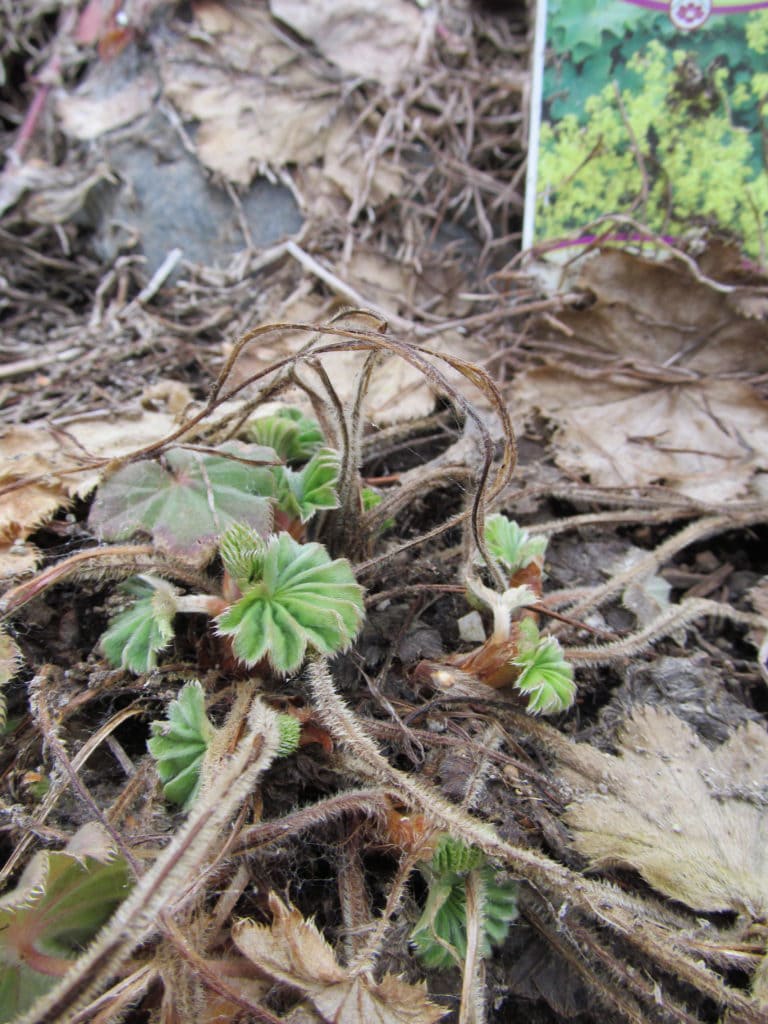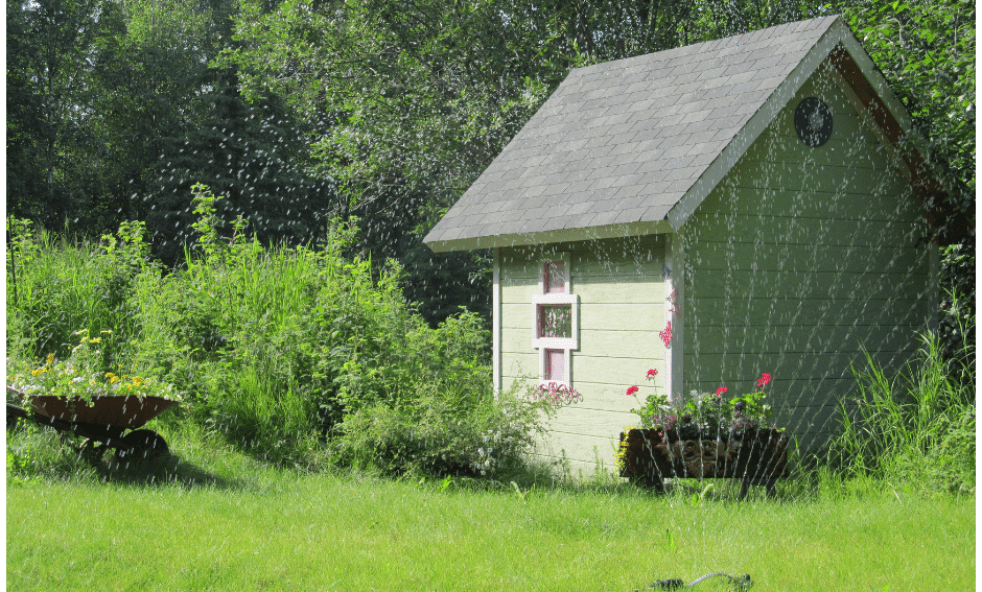
Care for Perennials in early Spring
Ugh! There’s nothing pretty about a garden in early Spring. Everything is covered with last Fall’s leaves. My beds are brown and the soil is cold and wet. But there’s a lot happening beneath the surface that your eyes do not see!
If you’re new to perennials–maybe you planted some last summer or fall–you’ll want to learn how to care for them as they re-emerge in the early spring.
Caring for perennials in early spring
If you planted perennials last year, the good news is that they will grow a bit more this year. They may even have more flowers this year than last year. If you planted in the fall or got a plant after the blooming cycle had ended, you’ll get to see its flower for the first time! This is why perennials are fun to have in the garden.
Hopefully, you planted the right perennial for your climate zone. And that you also did the best you could to plant it in the right location and soil conditions so it can do its best for you!

Carefully remove mulch
If you have a mat of leaves (or other mulch) covering your garden beds, early spring, after the thaw is the proper time to remove them. This allows the sun to warm the soil.
TIP: DO NOT use a rake to rake the leaves off. Tender new shoots are emerging and the tines could easily damage new growth.
If it’s a fairly large area, you could use a skinny “narrow space” leaf rake to very gently rake between your plants, but don’t rake over them. Then use gloves to remove mulch on and around the plant by hand. Working down close to the plants is the way to examine them and see how they are progressing as they emerge.
Tip: Save Your Leaves! Set the leaves (or other mulch) off to the side. After the soil warms and the season progresses, spread the leaves back on top of the soil. The leaf mulch prevents weeds from growing. And it keeps moisture in and provides lots of beneficial nutrients to enrich your soil. Makes your perennials happy, too!
How to tell if the plant survived the winter?
After the snow melts away, your perennials will look brown and wilted. They may not show any signs of life at all. But don’t let their appearance fool you. In all likelihood, they are not “dead”. But in one or two weeks, they should start to reveal new growth in its crown (center of plant).
SEE: two images of the lady’s mantle in my perennial garden


Remember too, that perennials planted on the North side of the house or a shaded location, will be slower to emerge than those planted in a sunny location. Additionally, rocks, bricks or the side of a building absorb the sun’s heat and radiate it back into the soil. So Perennials planted around rocks or near a cement sidewalk will be the first to make an appearance in the Spring.
As you care for perennials in the early spring, don’t write anything off. There could be other reasons why one plant is farther along than another one. Even if right next to another plant that’s up and at ’em and already setting buds. Don’t give up on it too soon. Give it the benefit of the doubt.
Tidy up the plant
Once the plant has gained some momentum, you can take garden scissors or small by-pass pruners and snip off the old, dead leaves and flower stalks. It’s not necessary for the plant; it just adds to the aesthetics of your garden bed. In other words, it just looks nicer.

What about fertilizer?
Believe it or not, most flowering perennials do just fine without fertilizer. If you have good soil conditions, your perennials will grow and thrive year after year. That’s why you should re-cover your perennial beds with the leaf mulch you removed in Spring. It replenishes the soil with all the nutrients your plants love.
The danger is over-fertilization which has damaged or destroyed more plants than its helped.
I always prefer to go natural when it comes to fertilizers…the stuff that comes from plants or animals. Manure, bone meal and fish fertilizers. A one-time application in the Spring as plants are emerging is all that’s needed. More recently, I’ve just been going with a top coat of good quality compost. But for many years, I did nothing to my perennials and they still did great.
So save your money and instead of fertilizer, buy more perennials!

DON’T FORGET YOUR FREEBIE! Scroll down just a bit to join our art and garden lover’s community. You’ll receive “10 artistic ways to make your yard or garden beautiful”.
Some Final Thoughts
Again, the garden in early spring is not a pretty sight. But those perennials you planted last year will soon be resurrected to new life. As you go about the task of caring for your perennials in the early spring, you’ll learn a lot.
Just remember to be very careful as you remove the leaf mulch so you don’t damage new growth. Save that mulch and recover your beds so you won’t have to water as often. Those leaves decay and enhances the soil that benefits your plants. Don’t worry too much about fertilizing, as most perennials don’t need it. And if you want to tidy things up to look their best, you can go around and snip off the old dead leaves and stalks.
I hope it’s a banner year of gardening. But I warn you, once you get started with perennials you might just find yourself with a brand new passion!

MIAG Editor
Related topics you may enjoy
How to Shop for Perennials at the Garden Center
The Easy Way to Harden off Your Flowers
Easy-to-grow Perennials for Zone 3
Meet Alaska’s Wildflowers of Spring

